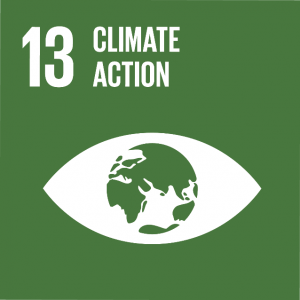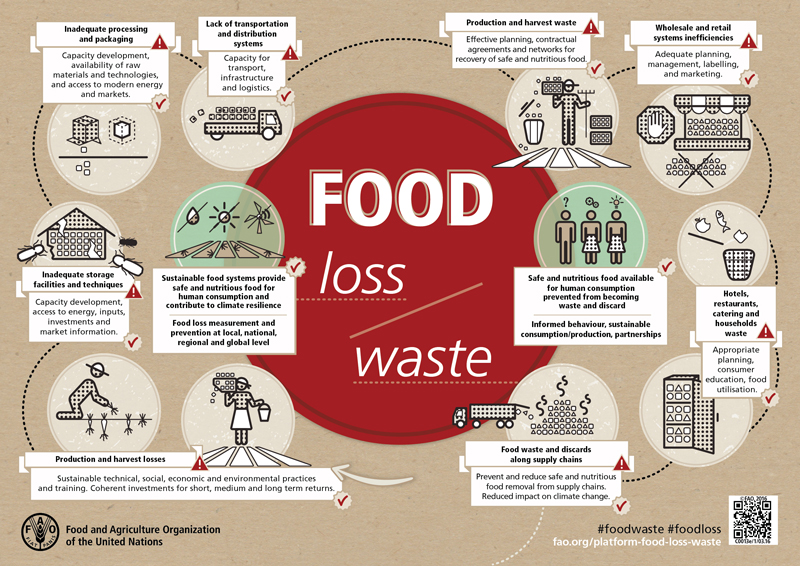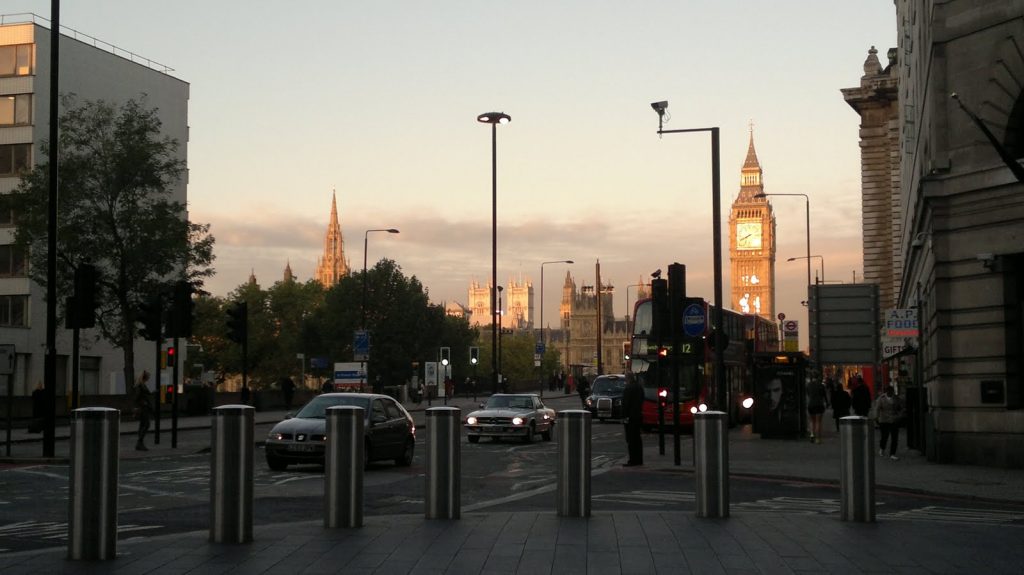
I feel the need… the need for procurement compliance!
The primary focus of any procurement team will be to obtain goods and services in a cost effective and timely manner. However, in any complex organisation there will likely be a whole range of policies and procedures that define the particular way that activity needs to be carried out. Managing compliance may not always be a glamorous part of the job and indeed it can give procurement people a reputation as being something like traffic wardens – people accept that they have a legitimate role to play, but they don’t always appreciate it when it comes to enforcing the rules.
Having worked in a number procurement teams across very different organisations, I have seen non-compliance and maverick spending in many forms. Whilst all of these companies had very clear procurement policies that specified how money should be spent, who can spend it, and who needs to be told when it is being spent – there are still instances where individuals step beyond those guidelines and go rogue. It is very rare that anyone does this with the intention of causing harm to their organisation, or for reasons of personal gain – though there is always a risk that someone is avoiding the rule because they’re getting up to something nefarious e.g. fraud.
It may be that a perfectly sensible policy has been badly communicated and they’re simply not aware of their obligations and the consequences of not following the prescribed course of action. It might be that the policy itself is too generic and causes operational challenges for a particular team and it’s impairing their ability to carry out their day to day work. Most people just want the things they need to do their jobs and it can be these good intentions that drive them to take perceived short cuts, that end up generating administrative headaches to put right later. This could involve setting up new suppliers for payment, contractual disputes or even the receipt of goods and services that are unsuitable for use. Duplication and unnecessary work all round, that doesn’t solve the issue that started this chain of events – people wanting to get their jobs done and needing things to achieve that. Of course, there is always a hard line that can’t be crossed – overspend, or unethical spend can occur by accident more often than by design. These are usually disciplinary matters and whilst procurement may be responsible for enforcing rules, the consequences that follow from a health and safety breach (bought poorly) or committing to spend money you don’t actually have (bought too much) are likely to fall to Human Resources or Finance teams.
However, there are things that procurement people can do to get on the front foot, and having good relationships with our internal teams will always go half of the way towards limiting these instances of maverick spending. Being proactive and asking them what is in their future plans that will need additional procurement, or finding out what is not working right at this moment. If you can have those conversations earlier, rather than later, you might save yourself a lot of unwanted surprises further down the line.









